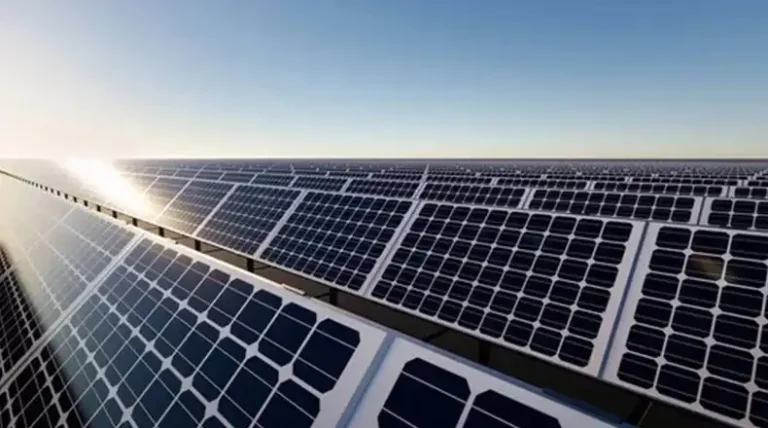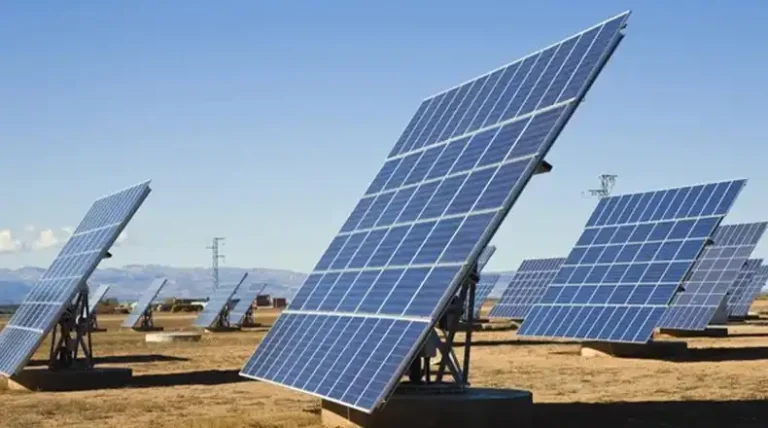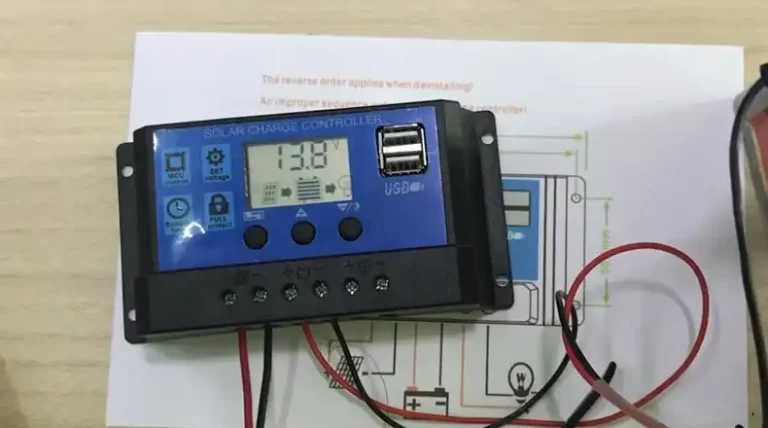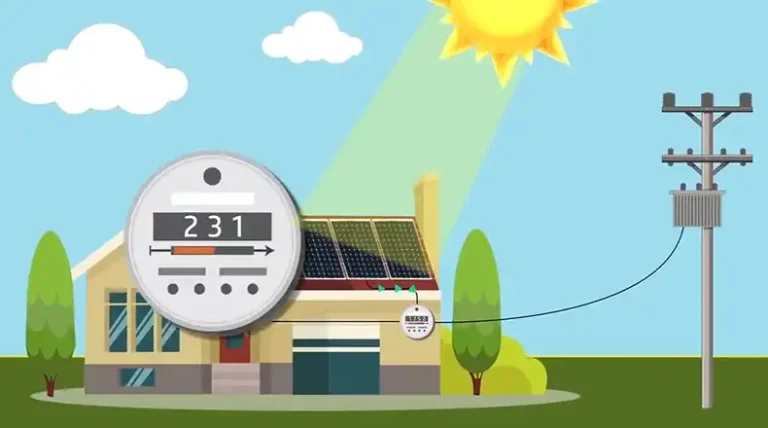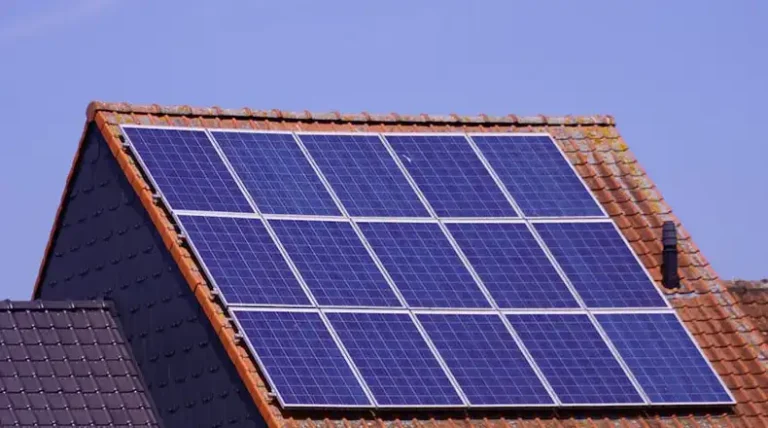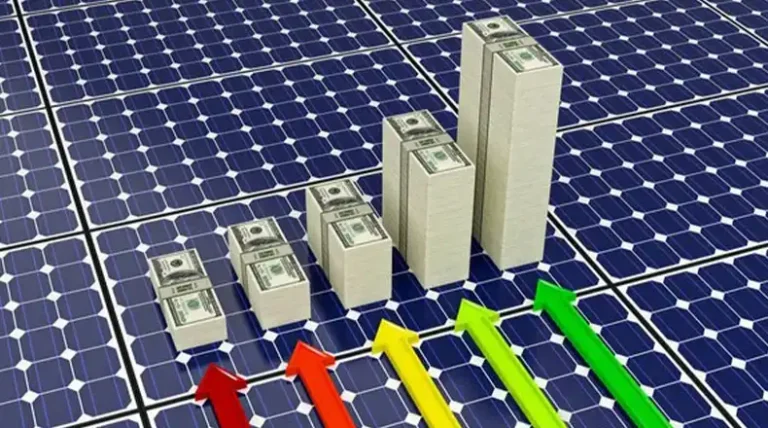How Many Solar Panels to Run a Mini Split AC | Efficient Cooling with Solar Power
Cooling and heating systems have evolved to bring both efficiency and comfort directly into our homes. Mini-splits, in particular, have gained popularity due to their compact design and targeted performance.
But what if we could pair this modern marvel with the sustainable energy of the sun? Harnessing solar power to run a mini-split seems like a seamless fusion of innovation and eco-friendliness. Now the question is how many solar panels are required to run a mini split?
On average, you’ll need somewhere between 3-5 to power mini-splits. However, there are several factors that influence the exact number of required solar panels for a mini-split. In this guide, we’ll break down the number game to provide you with a clearer perspective on this sustainable venture.
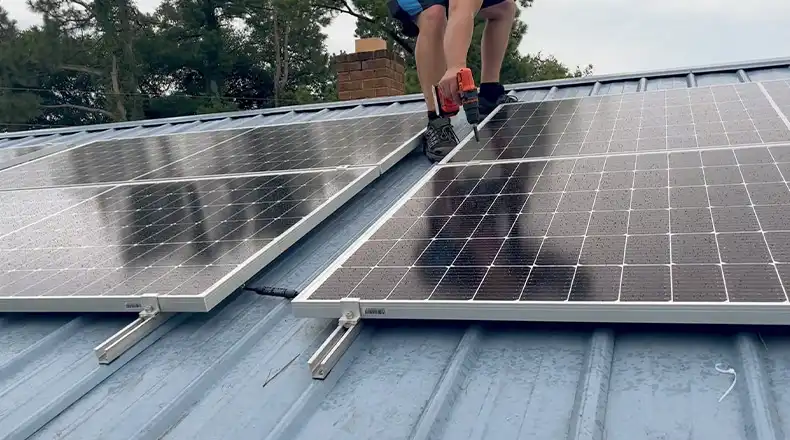
Calculating the Number of Panels Needed
If you’re trying to understand how many solar panels you need to run a mini-split, you need to understand both the power consumption of the mini-split and the power output of the solar panels. Here’s a breakdown:
Step 1: Determine the Power Consumption of the Mini Split
A mini split’s power consumption is usually given in watts (W) or kilowatts (kW). For instance, if you have a mini split rated at 1 kW, it consumes 1 kW of power when it’s running continuously at full capacity.
Step 2: Calculate Daily Energy Consumption
Multiply the power rating by the number of hours you plan to run the mini-split each day.
For example, if you run your 1 kW mini split for 5 hours a day:
Energy Consumption =Power Rating×Operational Hours
=1kW×5hours
=5kWh daily
Step 3: Measure the Solar Panel Output
Solar panels are rated based on their maximum power output under ideal conditions. Let’s assume you’re looking at a standard residential solar panel that produces 250W (or 0.25 kW).
Step 4: Calculate Daily Solar Panel Output
Multiply the solar panel’s power rating by the average number of sun hours your location receives daily. For instance, if your location gets an average of 5 sun hours per day:
Daily Output per Panel=Panel Rating×Sun Hours
=0.25kW×5hours
=1.25kWh per panel daily
Step 5: Determine the Number of Panels Needed
Divide the mini split’s daily energy consumption by the daily output of a single solar panel.
Using the example figures:
Number of Panels = Daily Energy ConsumptionDaily Output per Panel
= 1.25kWh/panel5kWh
= 4 panels
Thus, in this hypothetical scenario, you’d need 4 solar panels to run the mini-split for 5 hours daily. Remember, these calculations are simplified and don’t account for factors like panel efficiency reductions due to dirt, temperature, losses in the inverter, etc.
Hopefully, now you can calculate the number of solar panels you need to power your mini-split after following this simple math.
Power Consumption Rate of a Mini Split and Solar Output
To calculate the number of solar panels needed, the first step is to determine the power consumption of the mini-split.
Typically, mini splits range from 500 to 1500 watts in operational power consumption, with most residential units averaging around 1000 watts or 1 kilowatt (kW).
However, there are other factors that affect the power consumption of a mini-split. Here are they:
Mini split air conditioners and heat pumps, being ductless, are often touted for their efficiency. Their power consumption, however, can vary based on several factors. Getting a grasp on how much energy a mini-split uses is the foundation of determining the number of solar panels required to run it.
- Capacity and Power Rating: Each mini split unit is designed with a specific capacity, typically measured in BTU. This capacity corresponds to a power rating in watts or kilowatts. For instance, a 9,000 BTU mini split might have a power rating of around 800 watts to 1 kW when operating at full capacity.
- Operational Hours: The total energy consumption also depends on how long the unit runs. A mini split operating at 1 kW for 5 hours will consume 5 kWh of electricity in that duration.
- Efficiency Metrics: It’s crucial to consider the unit’s SEER (Seasonal Energy Efficiency Ratio). A higher SEER indicates a more efficient unit. For example, a mini-split with a SEER of 20 will be more energy-efficient than one with a SEER of 15, even if both have the same capacity.
- Mode of Operation: The mode in which the mini split is operating also influences power consumption. Heating modes often consume more power than cooling modes, especially if the outside temperature is extremely low.
- Usage Patterns: If you’re using the mini split intermittently or only to maintain a mild temperature, it will consume less energy than when it’s used to drastically change room temperature.
Solar panels, on the other hand, come in various sizes and power outputs. A standard residential solar panel might produce around 250 to 300 watts under ideal sunlight conditions.
Other Factors to Consider
- Geographical Location: Solar panel output varies based on location. Panels in sunnier areas like Arizona will typically produce more power than those in cloudier regions.
- Panel Placement: The angle and orientation of solar panels significantly affect their efficiency. South-facing panels in the Northern Hemisphere tend to be optimal.
- Seasonal Changes: Longer summer days will provide more solar energy than shorter winter days.
- Energy Storage: It’s crucial to consider energy storage solutions, like batteries, to store excess solar energy for non-sunny hours or days.
Running a mini split on solar energy is a powerful statement of sustainability. Not only does it reduce carbon footprints, but it also offers potential savings on electricity bills.
What Are The Upfront Costs Of Solar Powering A Mini Split?
While the initial investment for solar panels, inverters, and batteries can be substantial, many regions offer tax incentives or rebates for solar installations. Over time, the savings on utility bills can offset the initial costs.
Is It Feasible To Run Larger HVAC Systems on Solar Power?
Yes, larger systems will require a proportionally larger number of solar panels and possibly more robust energy storage solutions. It’s always best to consult with a solar energy expert to assess specific needs.
By pairing mini splits with solar power, we take a leap towards greener living. It’s not just about modern comforts, but about making choices that benefit our planet and future generations. A cool breeze powered by the sun? Now, that’s a refreshing thought!

